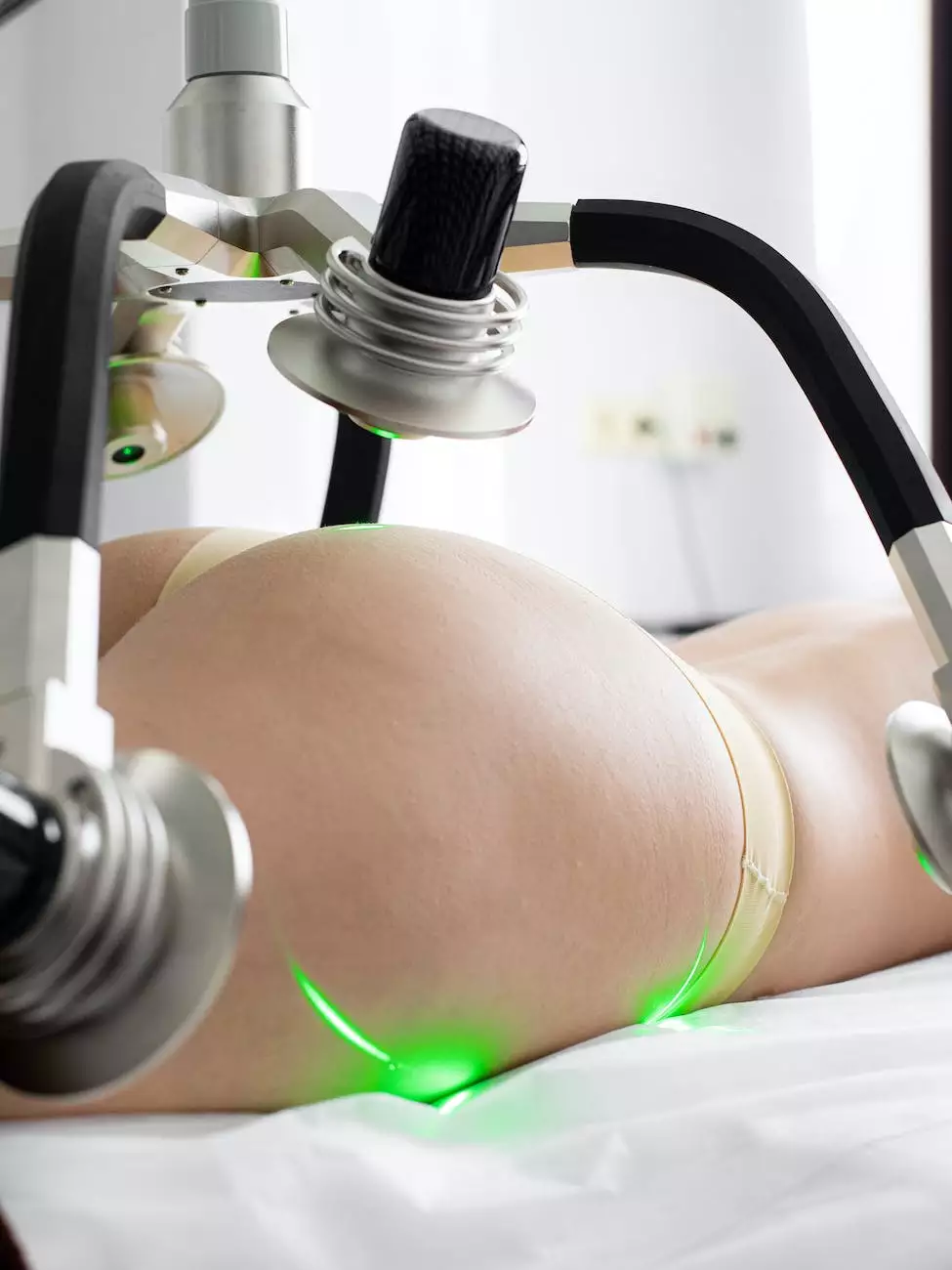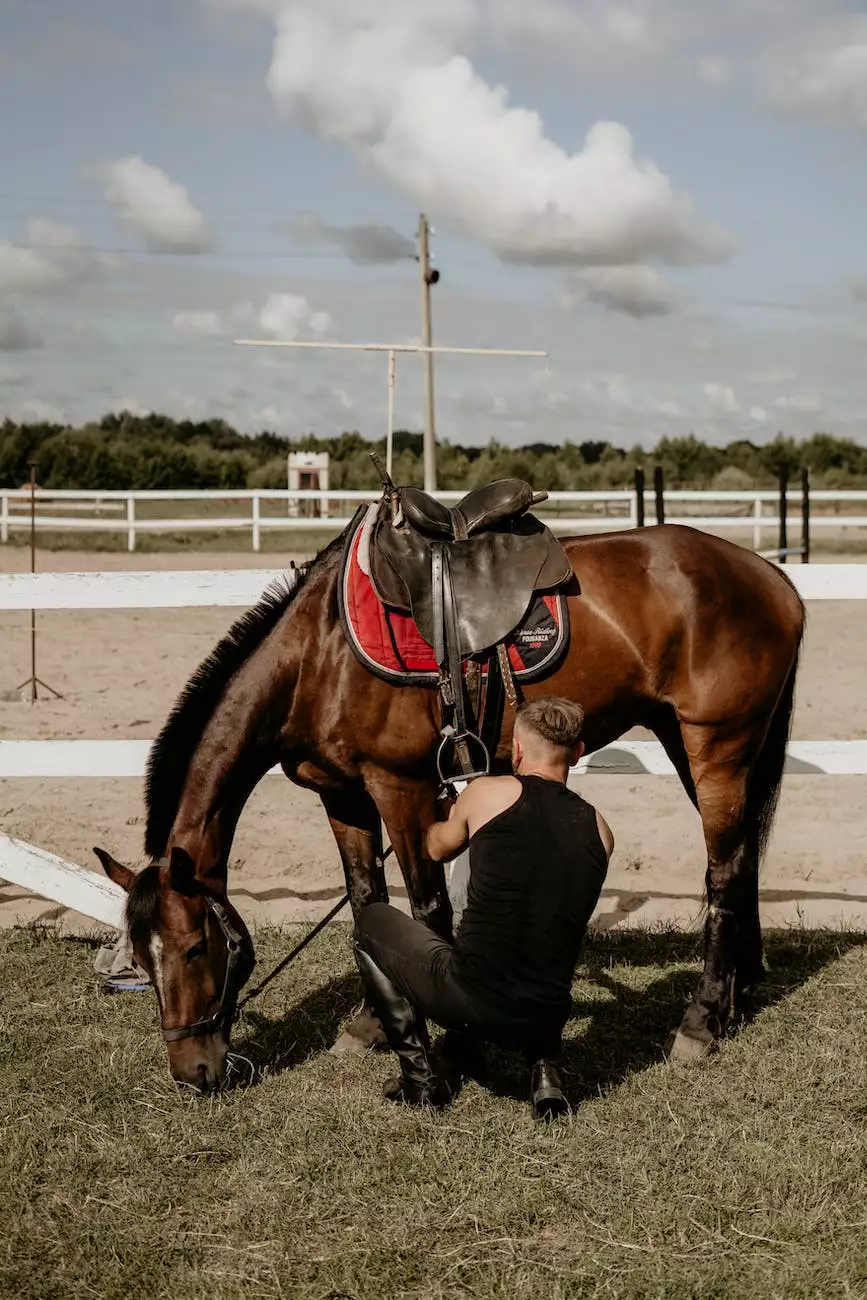Does This Look Normal? 10 Common Lumps and Bumps on Your Pet

Introduction
Welcome to Lasers4Horses, your ultimate resource for all things related to horse care and health. In this article, we will dive deep into the topic of common lumps and bumps often encountered in horses and provide detailed information on their types, causes, and treatment options. We understand the importance of identifying and addressing these issues promptly to ensure the well-being of your beloved equine companions.
1. Skin Tags
Skin tags are benign growths that can vary in size and appearance. They typically have a fleshy or warty appearance and are often found in areas where skin rubs against skin or tack. While skin tags don't usually cause any harm, they can be irritating for your horse. Treatment options include surgical removal or the use of laser therapy, both of which are effective in removing skin tags safely and comfortably.
2. Sebaceous Cysts
Sebaceous cysts are slow-growing, benign lumps that develop within the sebaceous glands of the skin. They are typically filled with a yellow, cheesy material and can occur anywhere on your horse's body. While most sebaceous cysts are harmless, they may cause discomfort or become infected if they rupture. Consult with a veterinarian to discuss removal options such as surgical excision or laser treatment.
3. Melanoma
Melanoma is a type of cancer that commonly affects gray horses, although it can occur in horses of any color. These tumors originate from pigmented skin cells and can vary in size and appearance. Early detection and intervention are crucial for successful treatment. Options include surgical removal, targeted laser therapy, or immunotherapy, depending on the stage and severity of the melanoma.
4. Sarcoid
Sarcoids are the most common skin tumors in horses and typically manifest as hairless, wart-like growths. While these tumors are generally benign, they can be locally aggressive and spread to nearby tissues if left untreated. Treatment options range from surgical excision and cryotherapy to laser ablation, each targeted at removal and minimizing the risk of recurrence.
5. Lipoma
Lipomas are benign fatty tumors that can develop in various locations on your horse's body. They are typically soft, movable, and painless. While lipomas do not usually require treatment unless they interfere with your horse's movement or cause discomfort, it is advisable to monitor their size and consult with a veterinarian if any changes occur.
6. Abscess
An abscess is a pocket of pus caused by a bacterial infection. It often presents as a painful lump filled with fluid. Common causes of abscesses in horses include puncture wounds, foreign bodies, or hoof-related issues. Treatment involves draining the abscess, administering antibiotics, and providing appropriate care to promote healing and prevent further complications.
7. Hematoma
A hematoma results from localized bleeding, usually caused by trauma or injury. It presents as a swollen lump filled with blood, often accompanied by pain or heat in the affected area. Proper veterinary evaluation is essential to assess the severity and determine the appropriate treatment, which may include drainage, medication, and monitoring for potential complications.
8. Papilloma
Papillomas, commonly known as warts, are caused by a viral infection and typically affect young horses. They appear as small, raised bumps and can sometimes grow in clusters. While most papillomas resolve spontaneously within a few months, larger or persistently growing warts may require veterinary intervention, including cryotherapy or laser treatment.
9. Fibroma
A fibroma is a benign tumor derived from fibrous connective tissue and can occur in various areas of your horse's body. They are usually firm, slow-growing, and non-painful. Most fibromas do not require treatment unless they interfere with your horse's comfort or function. Consult with a veterinarian to determine the best course of action.
10. Equine Sarcocystosis
Equine sarcocystosis is caused by a microscopic parasite called Sarcocystis. It often manifests as subcutaneous lumps or muscular cysts and can result in muscle wasting, lameness, or reduced performance. Proper diagnosis and treatment are critical to managing sarcocystosis, which may involve medication, supportive therapies, and addressing the underlying cause.
Conclusion
Understanding and recognizing common lumps and bumps on your horse is crucial for their overall health and well-being. In this comprehensive guide, we have explored various types of lumps and bumps that horses may experience, along with their causes and treatment options. Remember, early detection and veterinary intervention are key to providing the best care for your equine companion. At Lasers4Horses, we are committed to providing you with valuable information and solutions to ensure the optimal health and happiness of your horses. Stay informed, take preventive measures, and always consult with a veterinarian for personalized advice and treatment options.










